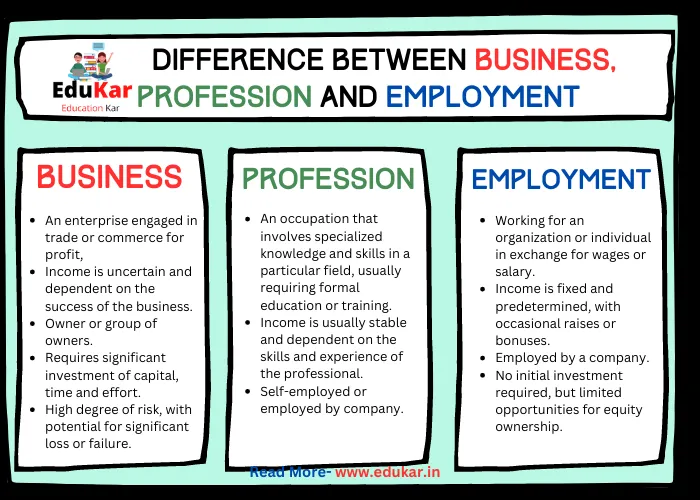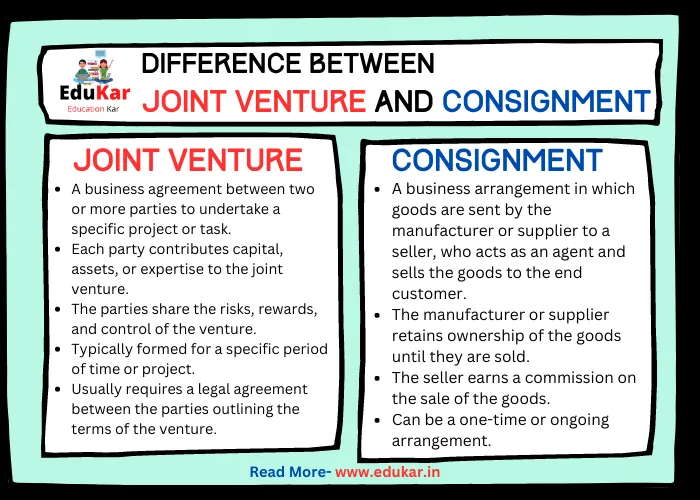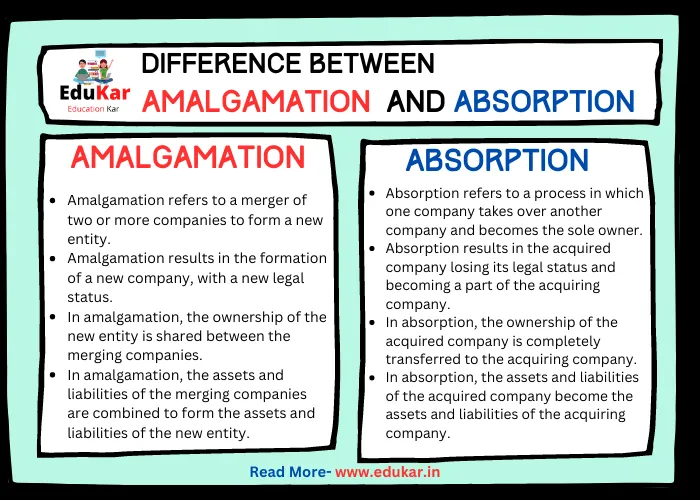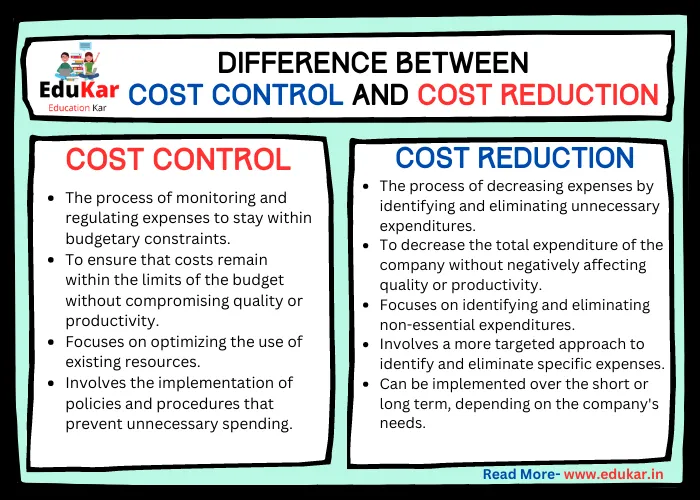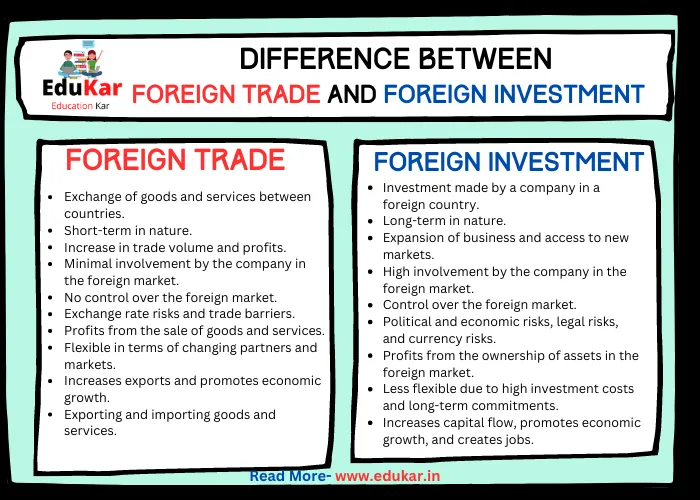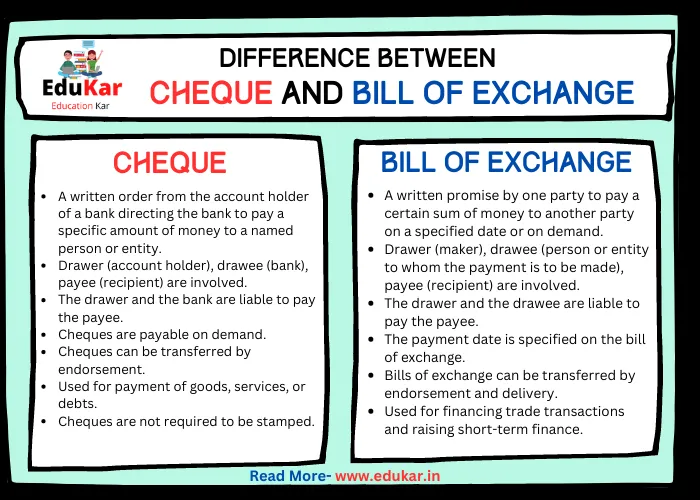Contents
Learn in deep about the differences between Stock and Supply in the business world. In this article by Edukar we are going to discuss about the varying factors that determine stock and supply and gain a deeper understanding of their importance in inventory management.
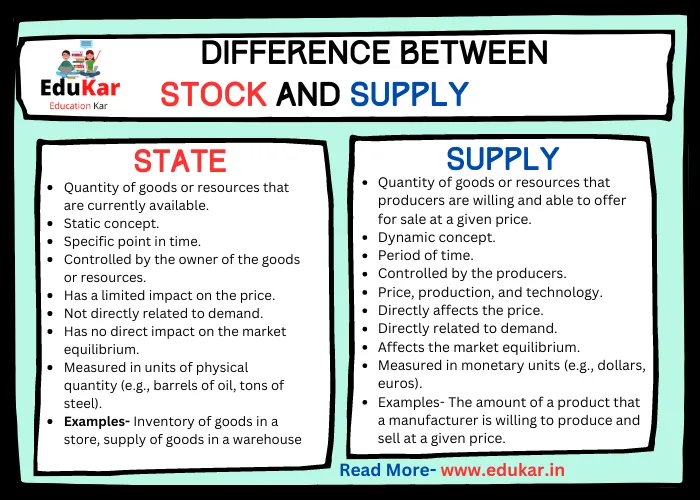
Introduction
In the world of business, two terms that are commonly used are stock and supply. While these terms may seem interchangeable, they actually refer to two different concepts. It is important for business owners and managers to understand the differences between stock and supply and how they impact their business operations.
What is Stock?
Stock is a term used to describe the inventory of products or goods that a business has on hand. This can include finished products, raw materials, or work in progress. Stock is important because it allows businesses to meet customer demand without delay.
Types of stock
There are two types of stock: finished goods and raw materials.
1. Finished Goods Stock: This is the inventory of finished products that a business has on hand. For example, a shoe manufacturer may have a stock of shoes in various styles, sizes, and colors. The finished goods stock is the inventory that is ready for sale.
2. Raw Materials Stock: This is the inventory of materials that a business has on hand to produce finished products. For example, a shoe manufacturer may have a stock of leather, rubber, and other materials needed to make shoes. The raw materials stock is the inventory that is used in the production process.
Also Read: Difference between Business, Profession and Employment
Importance of Stock in Business
Stock is essential to a business because it allows the business to meet customer demand without delay. If a business does not have enough stock on hand, they may have to turn away customers or delay orders. This can lead to a loss of customers and revenue. On the other hand, if a business has too much stock, it can tie up capital and storage space, which can be costly.
Example of Stock
A retail clothing store. The store would need to have a stock of finished goods, which would be the inventory of clothes that are ready for sale. The store would also need to have a stock of raw materials, which would be the inventory of fabric, buttons, and other materials needed to produce the finished clothes.
What is Supply?
Supply is a term used to describe the amount of a product or service that is available for purchase in the market. This can include goods or services that are produced domestically or imported from other countries.
Types of supply
There are two types of supply: domestic supply and foreign supply.
1. Domestic Supply: This is the amount of a product or service that is produced within a country. For example, a clothing manufacturer that produces clothes in the India would be considered part of the domestic supply.
2. Foreign Supply: This is the amount of a product or service that is produced outside of a country and imported into the country. For example, a clothing manufacturer that produces clothes in China and exports them to the India would be considered part of the foreign supply.
Importance of Supply in Business:
Supply is important because it affects the price of products and the availability of products in the market. If there is a high supply of a product, the price may decrease, and the product may be more readily available. On the other hand, if there is a low supply of a product, the price may increase, and the product may be more difficult to find.
Example of Supply
A grocery store. The grocery store would need to have a supply of products, which would be the amount of products available for purchase in the market. The supply could come from domestic producers or from foreign producers who export products to the country.
Differences between Stock and Supply
| Difference | Stock | Supply |
|---|---|---|
| Meaning | Quantity of goods or resources that are currently available | Quantity of goods or resources that producers are willing and able to offer for sale at a given price |
| Nature | Static concept | Dynamic concept |
| Timeframe | Specific point in time | Period of time |
| Control | Controlled by the owner of the goods or resources | Controlled by the producers |
| Influenced by | Production, purchases, and imports | Price, production, and technology |
| Impact on price | Has a limited impact on the price | Directly affects the price |
| Relationship with demand | Not directly related to demand | Directly related to demand |
| Role in market equilibrium | Has no direct impact on the market equilibrium | Affects the market equilibrium |
| Measurement | Measured in units of physical quantity (e.g., barrels of oil, tons of steel) | Measured in monetary units (e.g., dollars, euros) |
| Examples | Inventory of goods in a store, supply of goods in a warehouse | The amount of a product that a manufacturer is willing to produce and sell at a given price |
Relationship between Stock and Supply
Stock and supply are closely related because the amount of stock a business has on hand can affect the supply of products in the market. If a business has a high stock of a product, it may be less likely to purchase additional products from domestic or foreign producers. On the other hand, if a business has a low stock of a product, it may be more likely to purchase additional products from domestic or foreign producers.
Also Read: Difference between E-Commerce and E-Business
Role in the Supply Chain
Stock and supply play an important role in the supply chain. The supply chain is the network of businesses and individuals involved in the creation and delivery of a product or service. Stock is important in the manufacturing and distribution stages of the supply chain because it allows businesses to meet customer demand without delay. Supply is important in the sourcing and procurement stages of the supply chain because it affects the price and availability of products in the market.
The Impact of Stock and Supply on Business
Stock and supply can have a significant impact on the profitability and success of a business.
Importance of Managing Stock and Supply
It is important for businesses to manage their stock and supply to ensure that they have enough inventory to meet customer demand without tying up too much capital and storage space. Businesses also need to manage their supply to ensure that they have a reliable source of products at a reasonable price.
Challenges of Managing Stock and Supply
Managing stock and supply can be challenging because it requires businesses to balance the amount of inventory they have on hand with the demand for their products. Businesses also need to manage their supply chain to ensure that they have a reliable source of products at a reasonable price.
Best Practices for Managing Stock and Supply
There are several best practices that businesses can follow to effectively manage their stock and supply:
- Forecast demand for products based on historical data and market trends.
- Monitor inventory levels regularly to ensure that they are not running too low or too high.
- Work closely with suppliers to ensure that they have a reliable source of products at a reasonable price.
- Use technology to track inventory levels and streamline the ordering process.
Also Read: Difference between Foreign Trade and Foreign investment
The Impact of Stock and Supply on Profitability
Stock and supply can have a significant impact on the profitability of a business. If a business has too much stock, it can tie up capital and storage space, which can be costly. On the other hand, if a business has too little stock, it may have to turn away customers or delay orders, which can lead to a loss of customers and revenue. Supply can also affect profitability because it affects the price of products and the availability of products in the market.
Summary
Stock and supply are two important concepts that businesses need to understand to effectively manage their operations. While stock is the inventory of products or goods that a business has on hand, supply is the amount of a product or service that is available for purchase in the market. Understanding the differences between stock and supply and their impact on business operations can help businesses make informed decisions that can lead to increased profitability and success.
FAQs
What is a stock?
A stock is the amount of a particular product or commodity that is currently available for sale or use.
What is supply?
Supply is the total amount of a product or commodity that is available in the market or economy, regardless of whether it has been sold or not.
What is the difference between stock and supply?
The main difference between stock and supply is that stock refers to the amount of a product that is available for sale or use at a given point in time, while supply refers to the total amount of the product that is available in the market or economy, including what has been sold and what is still available.
How do stock and supply affect prices?
Generally, if the stock of a product is low, its price will tend to rise due to increased demand and limited supply. On the other hand, if the supply of a product is high relative to demand, its price will tend to fall.
How do businesses manage their stock and supply?
Businesses can manage their stock and supply through inventory management, which involves tracking the amount of product they have in stock and adjusting their ordering and production processes to maintain an appropriate level of supply.
How do stock and supply affect the economy?
Stock and supply play important roles in determining the prices of goods and services in the economy. They can also impact the level of competition in a market, as businesses may need to adjust their strategies to account for fluctuations in stock and supply.



